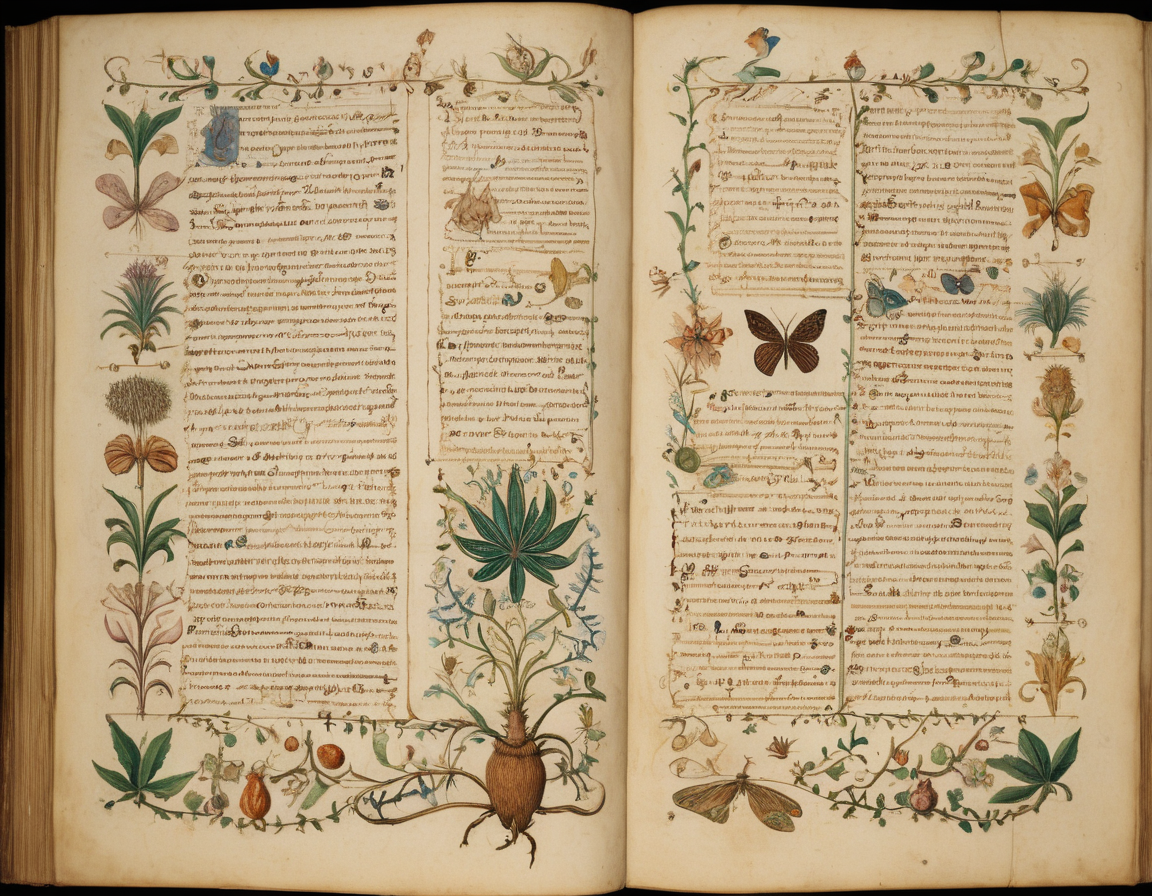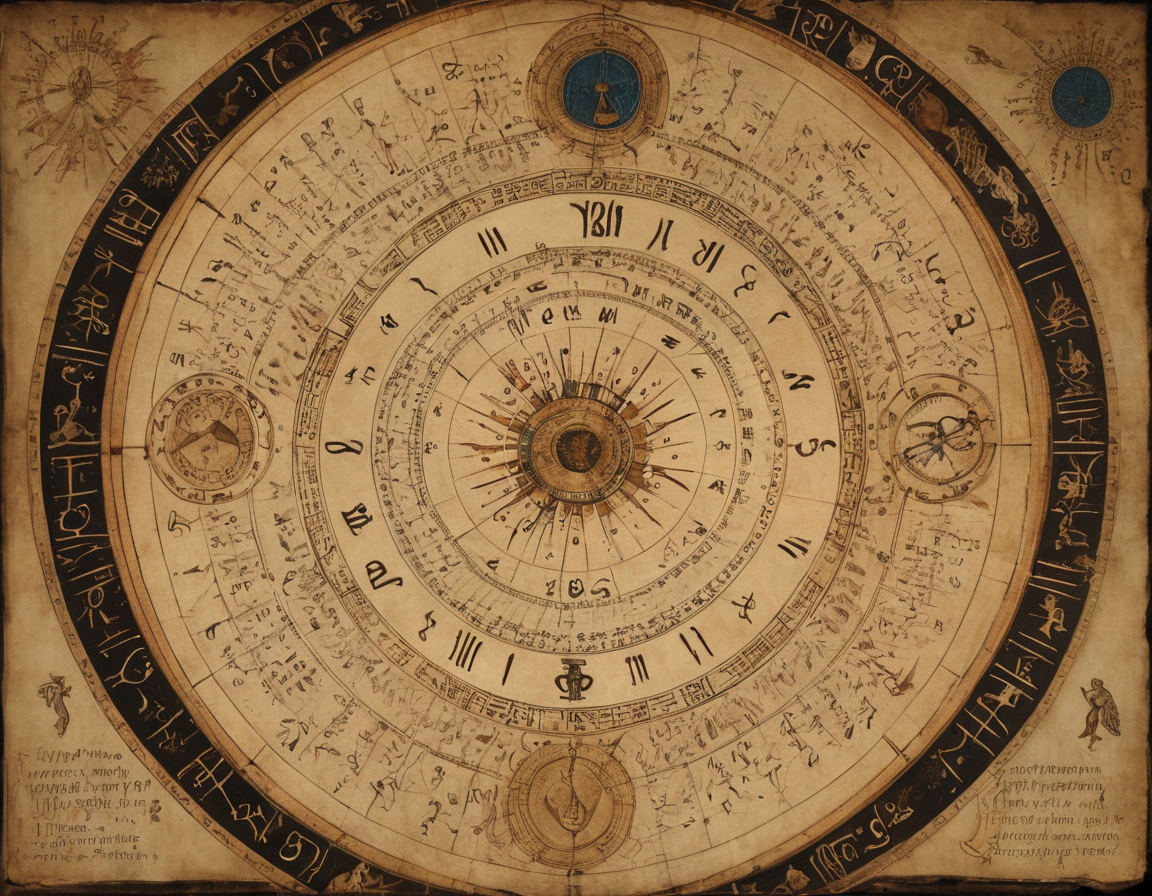Unraveling the Mysteries of the Voynich Manuscript: An Ancient Puzzle
Deciphering the Enigma: The Voynich Manuscript
Considered one of the most mysterious books in the world, the Voynich Manuscript has perplexed experts and amateurs alike for centuries. This ancient text, named after the Polish-American book dealer Wilfrid Voynich who acquired it in 1912, remains an unsolved enigma despite the best efforts of cryptographers, historians, and linguists. In this post, we’ll explore what makes the Voynich Manuscript such a fascinating and enduring mystery.
The Book’s Unique Characteristics
Outwardly, the Voynich Manuscript looks like any other medieval manuscript, but it’s the content that sets it apart. The book is written in an unknown script that runs left to right, with some letters resembling those from Latin or Cyrillic alphabets, yet as a whole, it is unlike any known language or writing system. The manuscript is also richly illustrated with peculiar botanical drawings, astronomical charts, and human figures that have not matched any known species or cosmological models.

An Unbreakable Code?
Since its discovery, the Voynich Manuscript has attracted the attention of many cryptographers, including those who worked on the infamous Enigma code during World War II. Despite advanced efforts, no one has been able to conclusively crack the code or verify that the text carries any meaningful content at all. Some theories suggest it might be a sophisticated hoax, yet others believe it contains genuine knowledge obscured by an elaborate cipher.
Scientific Studies and Findings
Modern science has not ignored this medieval marvel. Carbon dating places the creation of the manuscript to the early 15th century, while multi-spectral imaging and other high-tech methods have been employed to analyze the ink, pigmentation, and parchment. These studies have uncovered subtle details invisible to the naked eye but have yet to provide a breakthrough in understanding the manuscript’s true purpose or origins.
Popular Theories and Speculation
Over the years, many theories have been proposed about the Voynich Manuscript. Some believe it was created by Roger Bacon, a 13th-century English philosopher, as a treatise on natural philosophy. Others postulate that it could be the work of extraterrestrials or a lost civilization. There are even suspicions that the manuscript may be connected to the legendary alchemical order of the Rosicrucians.
Implications for History and Science
The ongoing fascination with the Voynich Manuscript is not just about cracking a historical code. It’s also about the wider implications such a discovery could have for our understanding of medieval science, culture, and even the history of written language. Solving its mysteries could open the door to lost knowledge and challenge preconceived notions about the dissemination of information in the pre-modern world.

Join the Quest
If the mystery of the Voynich Manuscript piques your interest, you’re not alone. The manuscript has inspired novels, plays, and countless discussions across the internet. Amateur sleuths and professional codebreakers alike continue their quest to unlock its secrets. So, will you join in the search to solve one of the most captivating mysteries of the literary world?






